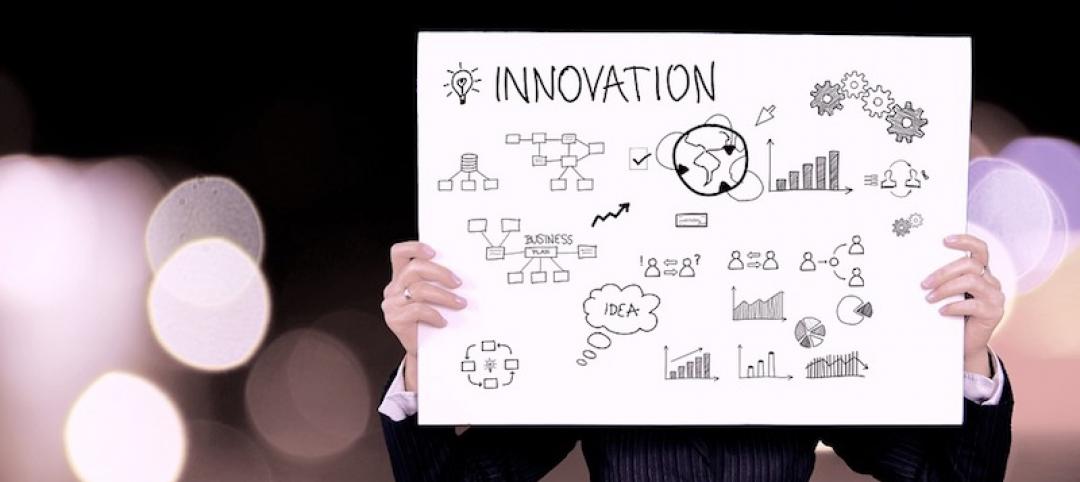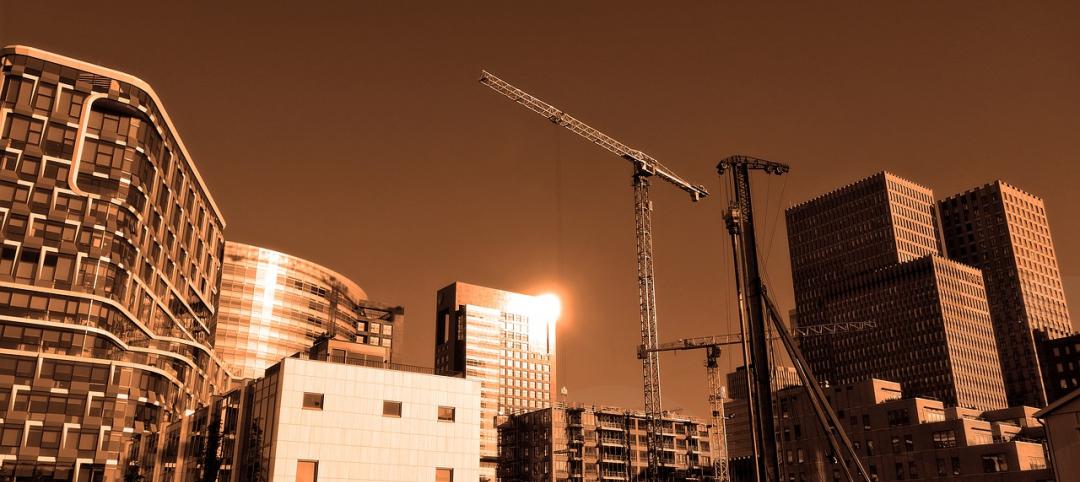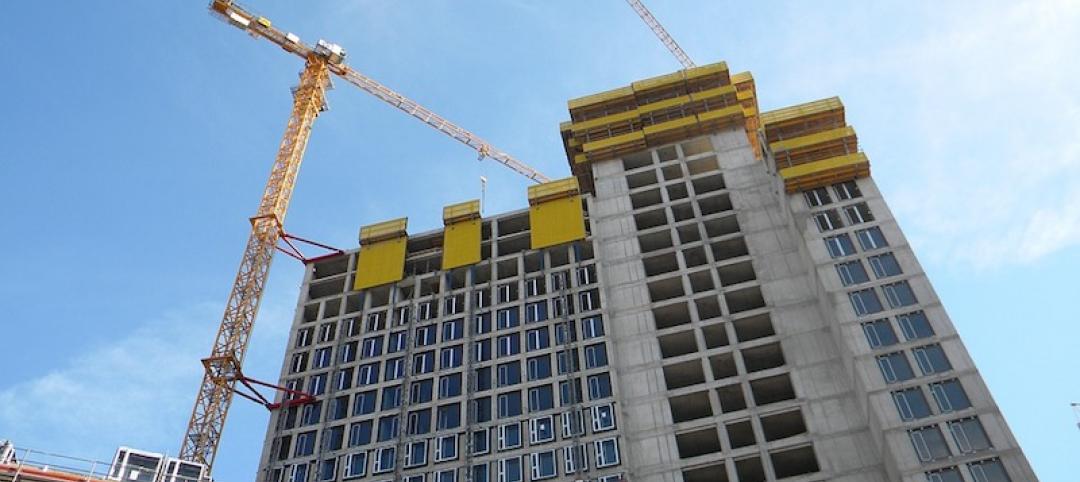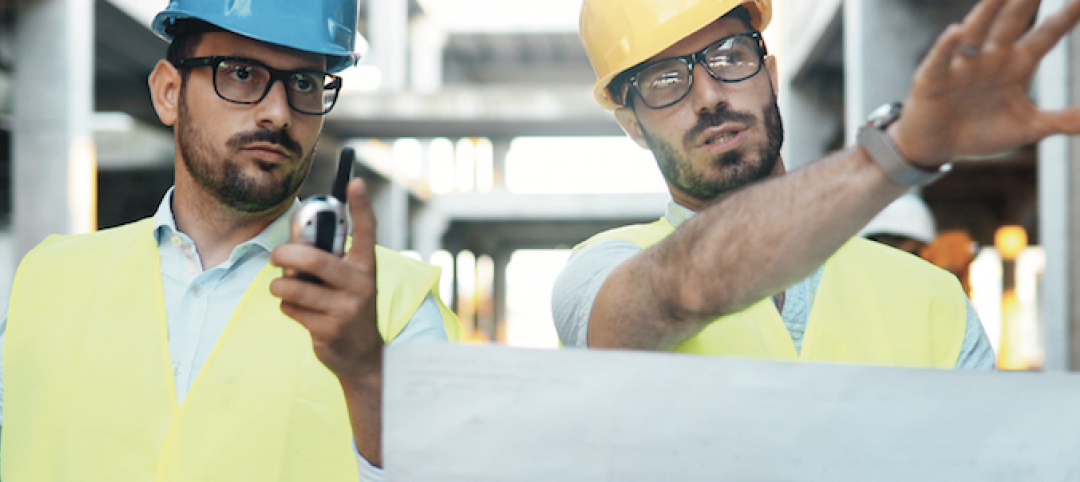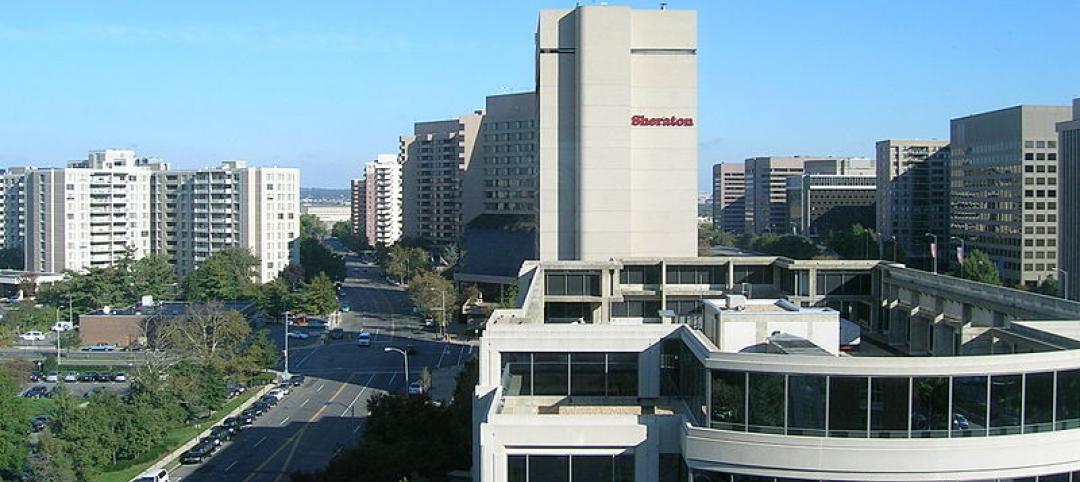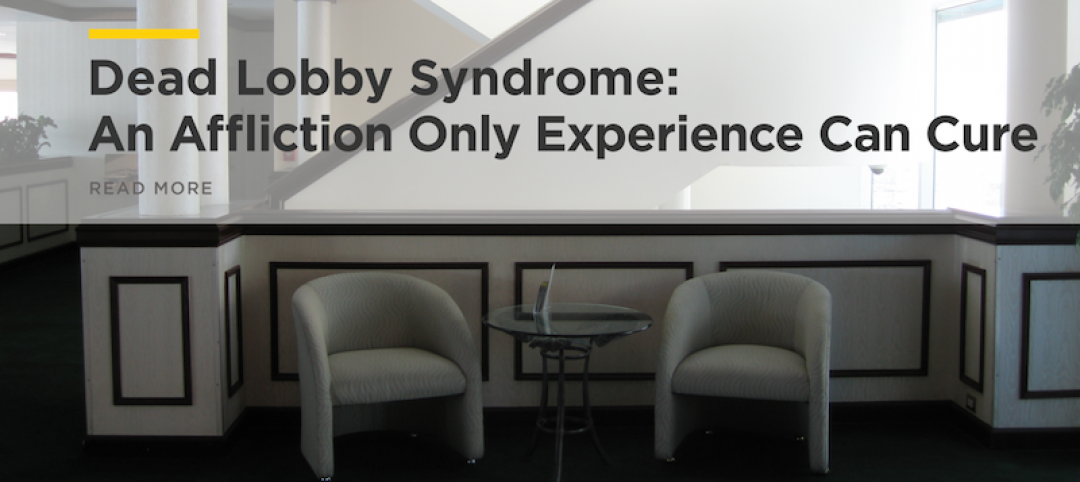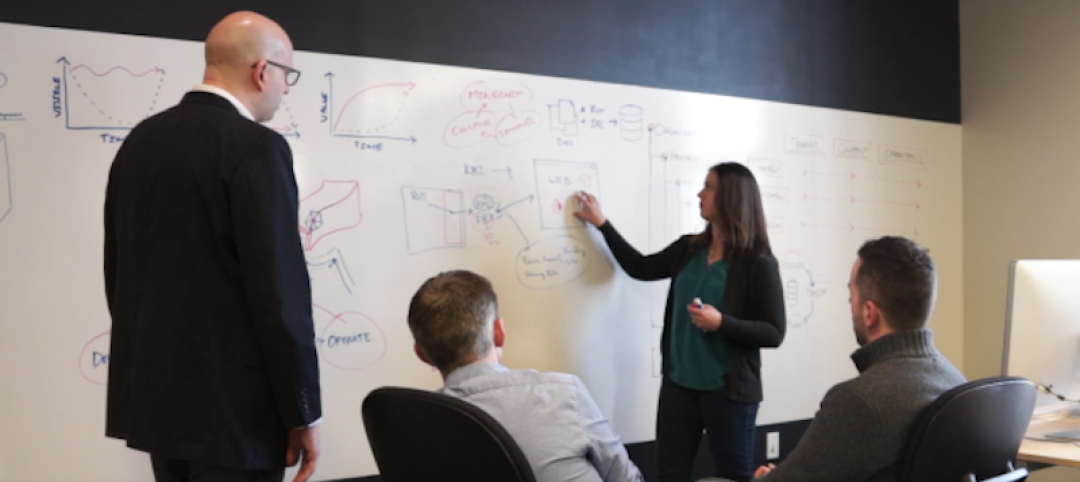What does a green building look like? How would you know one if you saw one? Maybe a trivial question to some, but of great interest to architects, designers, and other members of the Building Team as the rapid evolution of sustainable buildings continues apace.
At the recent symposium “Connect Ideas – Maximize Impact," sponsored by Transsolar Climate Engineering in Stuttgart, Germany, architect Stefan Behnisch posed the question: Where are the iconic green buildings? In his opening remarks for a panel on integrated design, Behnisch raised the point that past engineering innovations, especially in materials, often opened the way for such iconic structures as the Eiffel Tower, in the late 19th century, and the Centre Pompidou, in the late 20th. But where, he wondered, were the iconic green buildings of today?
Behnisch built his remarks around the need for a recognizable icon for green design, which he believes hasn’t yet been found, but is necessary for sustainability to be seen as a design impetus to be translated and transparent to the public.
He remarked that throughout the past 150 years, new topics have always taken over architecture and stimulated design thinking. Often this has been through the use of certain technologies or inventions. For example, structural expression began with projects such as the Eiffel Tower and eventually devolved into something architecturally iconic such as Foster + Partners’ Hong Kong Shanghai Bank headquarters tower (with Arup as engineer), completed in 1985.
Behnisch said that this trend emerged because architectural designers believed that buildings must be technically or programmatically very strong (or, I would add, preferably both), and those elements should be manifest in the design. This approach engaged directly with the public and enabled the layperson to understand the underlying nature of the building. In today’s world, steel, glass, and concrete towers try to satisfy our need for transparency in the large institutions that occupy them, to accomplish that goal.
Behnisch noted that many current buildings claim to be sustainable and, in many cases, they may save some energy. However, for most of these projects, even the LEED Platinum ones, the design itself does not directly engage the public enough to make their sustainable features apparent. Therefore, Behnisch seeks a new design language that will elevate sustainable design to the same level of architectural recognition as prior innovations, such as structural engineering technologies.
For me, that raises an interesting question: Can a sustainable building be as beautiful as the Brooklyn Bridge—or the Golden Gate—or as inspirational as the Empire State Building or San Francisco’s Transamerica Tower? If we are talking about sustainability, biophilia in design, or biomimicry in materials, should we expect any architectural expression to be as beautiful as, say, the natural beauty of a banyan tree?
Just slapping solar panels—even “building-integrated” ones, whatever that means—or wind turbines onto otherwise ordinary buildings doesn’t do the trick for me, although you could argue that these equipment add-ons could afford the public at least some idea of the building’s intent to be sustainable in energy use.
What would move you to recognize a sustainable building from one that wasn’t? What would be the architectural expression of sustainability that would be obvious to both the public and the building occupants?
For building occupants—office workers, students and teachers, health professionals—perhaps having great amounts of daylighting and movable shades would be obvious reminders that someone really thought about making a building work for the people in it.
What would be a similar gesture for passersby and other members of the public? Perhaps it’s a building with external movable shutters (such as those on the well-known Council House Two building in Melbourne), or an earth-sheltered structure that’s been burrowed into a hillside, or one with a vegetative roof or green wall. But even the lovely undulating roofs of Renzo Piano’s California Academy of Sciences in San Francisco can’t really be seen from the street.
Among larger sustainable buildings, one of the best I know of in North America that exhibits both building and urban sustainability is KPMB’s Manitoba Hydro Place. In the harsh climate of Winnipeg, this 22-story, 700,000-sf building operates in a low-energy manner, 60% below Canada’s Model National Energy Code, with high user satisfaction, while helping to regenerate the downtown core by bringing in two thousand workers a day. Viewed from the north, there’s a 22-story “thermal chimney”; from the south, a wide expanse of glass in a double-skin envelope that, to me, says “passive solar.” Inside, nearly 275 aluminized Mylar strips form a dramatic 75-foot-high water feature (conceived by KPMB with Transsolar Climate Engineering and designed by Dan Euser and the owner/architect team) that passively humidifies the air in winter and dehumidifies it in summer.
At a smaller scale, my vote would be for a building made from wood, as warm and natural a material as there is and best seen in low-rise buildings such as those by German architect (and now architecture professor at the University of Hawaii) Martin Despang (www.despangarchitekten.de)––for example, his Krogmann company headquarters in Lohne-Kroge, Germany. Since most newly constructed buildings are less than six stories in height, a well-designed wood building for me would be an obvious choice to shout “sustainable” to the public, with or without solar panels on the roof.
For an even smaller building, I visited architect Rick Joy’s office in Tucson last year. The 1,400-sf design office, whose walls are made of rammed earth, is totally cool (in both senses of the word), even in the hot desert climate of Arizona. The structure also violates a “law” of sustainable design by having daylight come in only from the north. In fact, this is a great idea in Tucson, which has temperatures above 100˚F about 20% of the year but very mild winters. This kind of technology is hardly new, of course: I built my own passive solar adobe home in northern California 30 years ago.
What would be your choice of the most iconic green building? Send your nominations to me at: jerry@greenbuildconsult.com. I’d be especially interested in hearing about larger commercial buildings, where design intentions for sustainability often have to be deciphered from a LEED Platinum award or a long case study, or via very specialized architectural reviews.
Which is the building that says “simply sustainable” to you? +
--
Jerry Yudelson is founder and president of Yudelson Associates (www.greenbuildconsult.com), a sustainability consulting firm in Tucson.
Related Stories
Building Team | Feb 19, 2019
Strategies and tools to help navigate a successful M&A
Based on Hinge’s industry research, smaller firms typically spend a higher percentage of revenue on marketing and business development efforts for the same return.
Building Team | Feb 13, 2019
3 exciting tech developments that show promise for AEC adoption
The BD+C editorial team is on a mission to track and evaluate the latest tech tools and trends that show promise for widespread AEC adoption.
Building Team | Jan 10, 2019
Skilled labor shortages continue to make off-site fabrication and construction attractive
But the AEC industry’s “culture” impedes greater acceptance, according to a recent National Institute of Building Sciences survey.
Building Team | Jan 7, 2019
2019 outlook: Firms not betting on another record-setting year
Despite the positive indicators for the market, AEC professionals remain largely cautious when it comes to growth prospects for 2019.
Building Team | Jan 4, 2019
Design-build delivery is setting new parameters for project management
FMI paper provides clues to what makes these contracts click (or not).
Building Team | Dec 11, 2018
And then there were two: HQ2 sites, in hindsight, seemed obvious
The two cities already had the greatest number of Amazon employees outside of Seattle.
Building Team | Oct 16, 2018
Dead lobby syndrome: An affliction only experience can cure
The competition for great tenants has rarely been as fierce as it is today.
Building Team | Aug 21, 2018
Five habits that are keeping your digital strategy from working
Strategies are always created with the best of intentions for improving business, the effort involved in executing the strategy – especially ones involving disruptive digital capabilities – is greatly underestimated.
Building Team | Aug 17, 2018
Silicon Valley is here. Get over it.
AEC firms continue to have angst about a tech-industry takeover of the market. One expert’s advice: “Embrace technology. Do not fear. You can shape it.”



